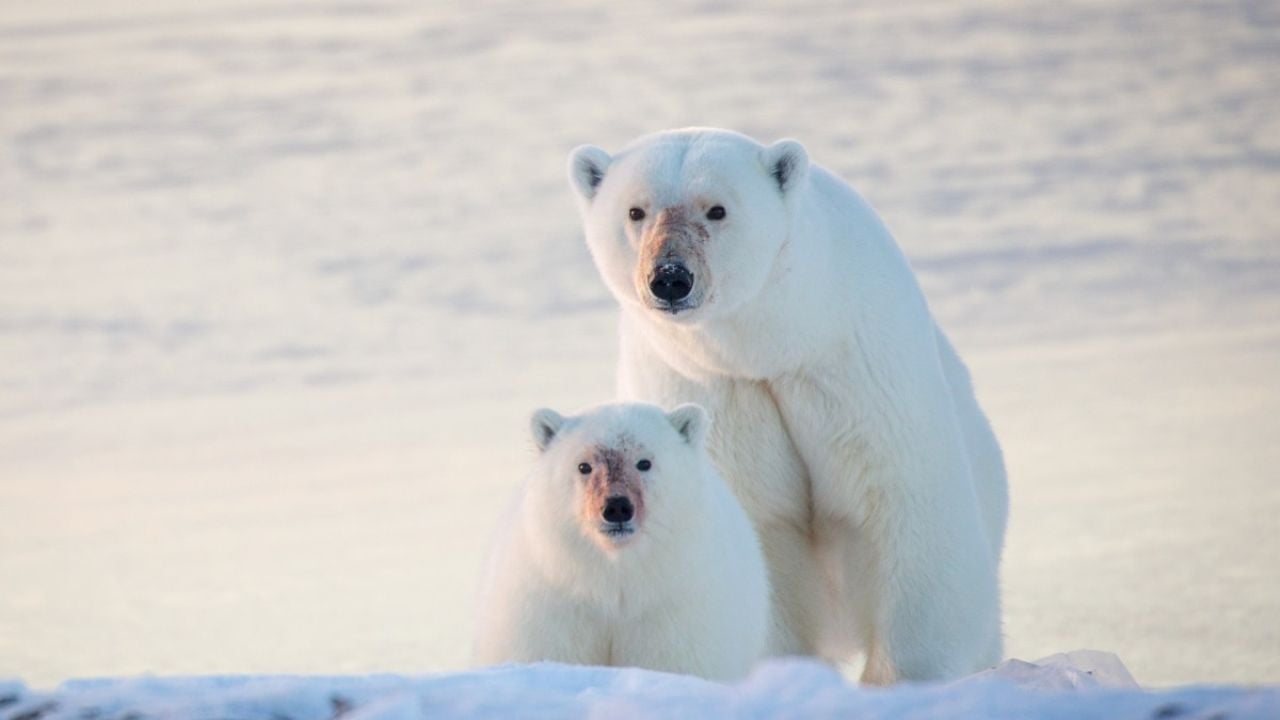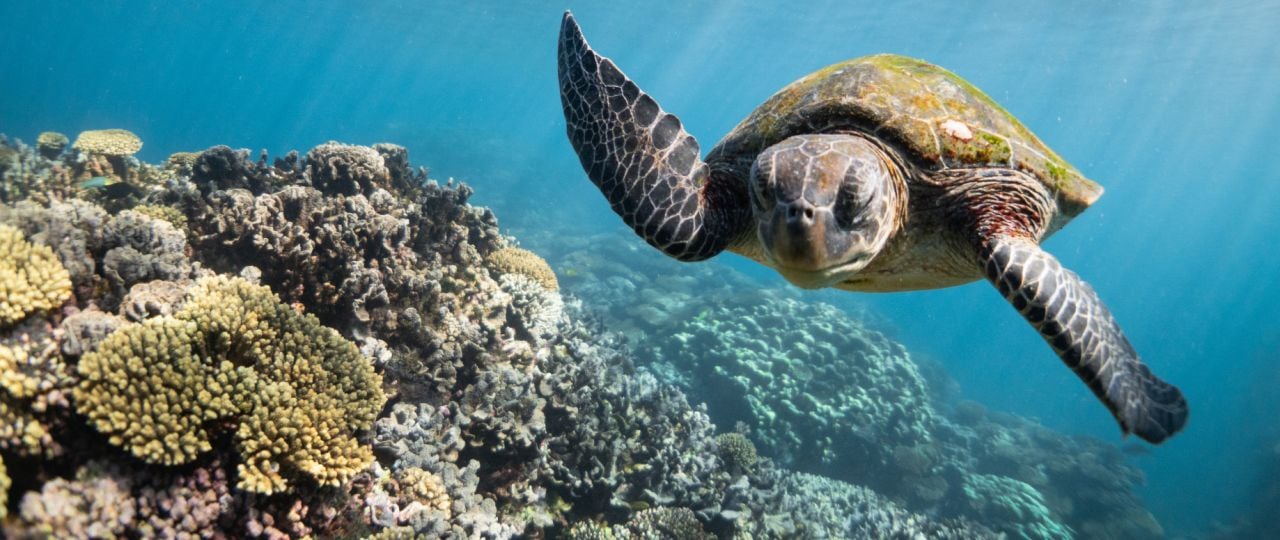
- Around the world, widespread pollution from the “forever chemicals” known as PFAS is contaminating and potentially harming over 330 species.
- EWG reveals the global extent of the PFAS pollution problem with a first-of-its-kind map using rigorous data to show the sheer scale of the threat PFAS pose to wildlife.
- The map is just the beginning, and proves that PFAS are found wherever they're tested for – countless locations and species across the globe are likely similarly polluted.
Update September 26, 2023: EWG has published a peer reviewed study on PFAS in wildlife. In this study, EWG has expanded on this initial research and has plotted more than 200 peer-reviewed studies that detected over 120 unique PFAS compounds in 625 animal species. This report and the accompanying map have been updated to reflect these new findings.
‘Forever chemicals’ pollution: A global problem for wildlife
Polar bears have a PFAS problem: Pollution from the “forever chemicals” known as PFAS contaminates polar bears, tigers, monkeys, pandas, dolphins and fish and has been documented in more than 600 other species of wildlife around the world, some endangered or threatened.
And hundreds of studies have found PFAS chemicals in a wide variety of other wildlife species globally, including many types of fish, birds, reptiles, frogs and other amphibians, large mammals, like horses, and small mammals, such as cats, otters and squirrels.
Now EWG has created a map that for the first time consolidates more than 200 recent studies of PFAS contamination, revealing where species have been tested and detectable amounts of forever chemicals – which could harm exposed wildlife – have been documented.
From country to country, and across continents, PFAS pollution is everywhere. No matter the location, no matter the species, nearly every time that testing is done we find contamination from these toxic chemicals. And the EWG map reflects just what we know now – given the extent of PFAS pollution, wildlife in many other locations around the world are likely contaminated.
Science is on our side in showing us that when scientists look for PFAS, they find them. In January 2023, EWG published another map, this one showing widespread forever chemicals contamination of U.S. freshwater fish, based on testing of more than 500 fish fillet samples.
These two maps reflect rigorous analysis of what we currently know about the PFAS contamination problem both in the U.S. and abroad. The locations identified on the maps represent PFAS pollution that has been found in U.S. freshwater fish and wildlife globally. Because the toxic forever chemicals are so pervasive, it’s likely that almost countless other locations in countries around the world have similar contamination issues.

PFAS are proven to cause health harms
PFAS are known to cause health problems in humans, and very low doses of PFAS have been linked to suppression of the immune system, including reduced vaccine efficacy, increased cholesterol, reproductive and developmental problems, a higher risk of certain types of cancer, and other health harms.
Those are health harms that have been shown to affect humans. But research increasingly suggests wildlife could suffer similar harms when exposed to PFAS. EWG’s new map confirms many species around the world are already being exposed to forever chemicals and suggests they are already facing similar health harms.
These potential health problems are of particular concern for endangered or threatened species. They must now contend with PFAS contamination in addition to other threats to their survival, many caused by industrial development, such as habitat loss and damaged ecosystems.
A previously published EWG map highlights the widespread problem of forever chemicals contaminating water supplies in the U.S. EWG has found more than 2,858 locations in 50 states and two territories known to be contaminated by PFAS. The map published in January showing contamination of freshwater fish also highlights the health risks to communities that catch and eat the fish.
EWG estimates there may be more than 40,000 industrial polluters that may discharge PFAS in the U.S. – tens of thousands of manufacturing facilities, municipal landfills and wastewater treatment plants, airports, and sites where PFAS-containing firefighting foam has been used are potential sources of PFAS discharges into surface water. PFAS also pollute our soil and air.
Our new map charting the hundreds of wildlife species with detectable levels of PFAS in their bodies, paired with our map of U.S. freshwater fish contamination, builds on this research.

Preventing PFAS pollution
National and international regulatory action is urgently needed to protect wildlife from PFAS contamination.
In the U.S., federal agencies have committed to turning off the tap on PFAS pollution by curbing industrial discharges. But many of these actions have been delayed and may not be effective for years. Some U.S. states are already tackling PFAS pollution rather than waiting for the federal government.



